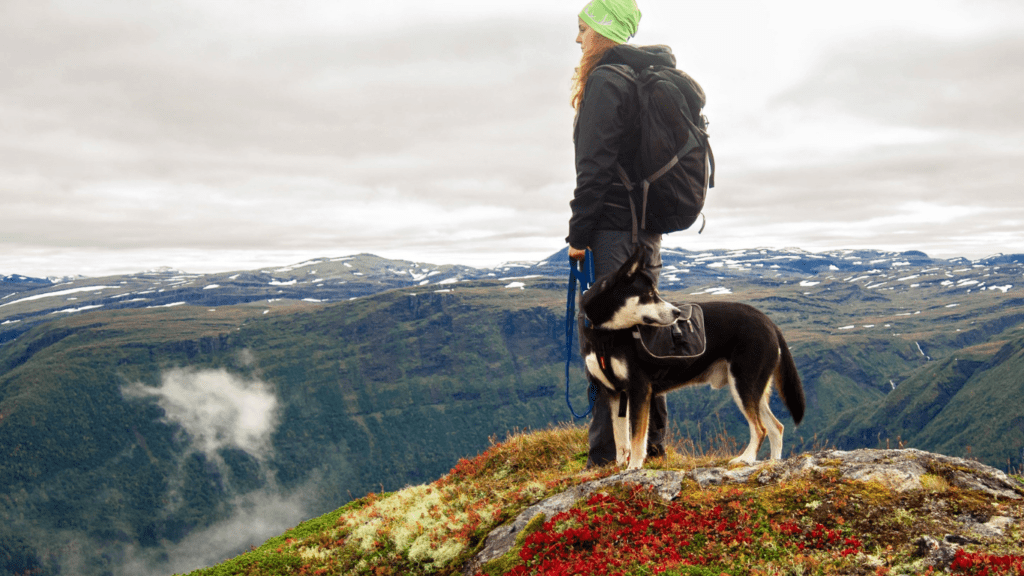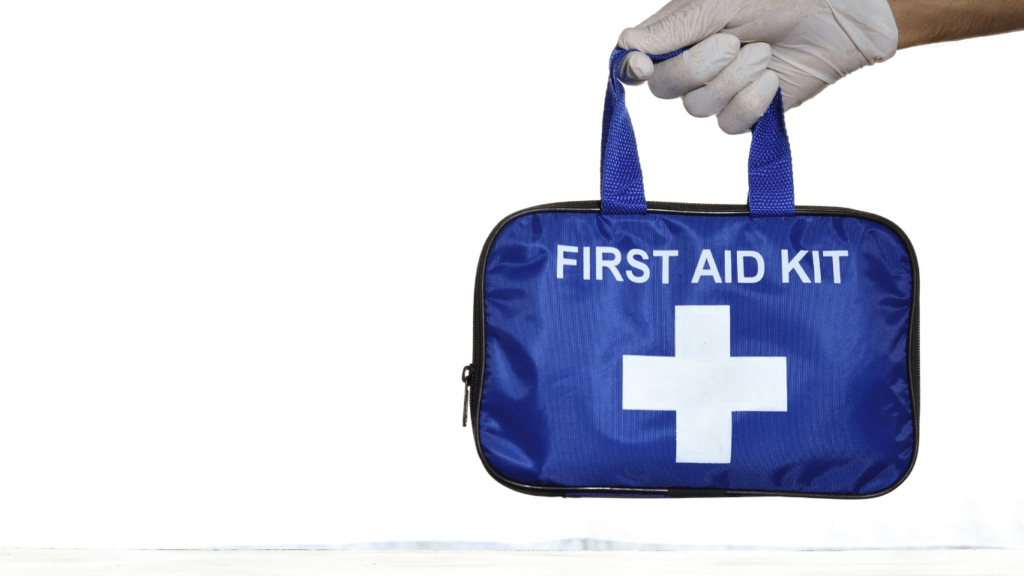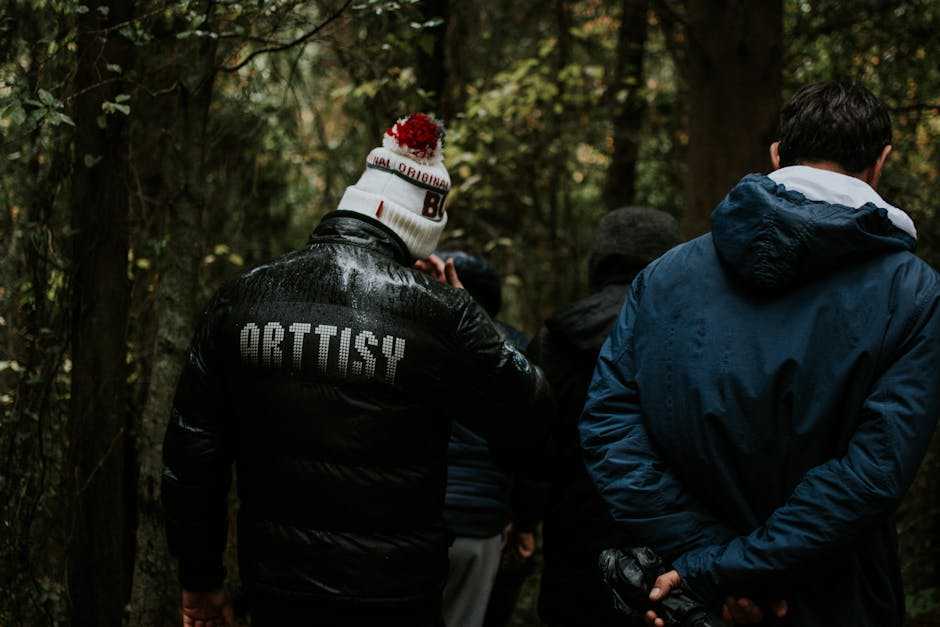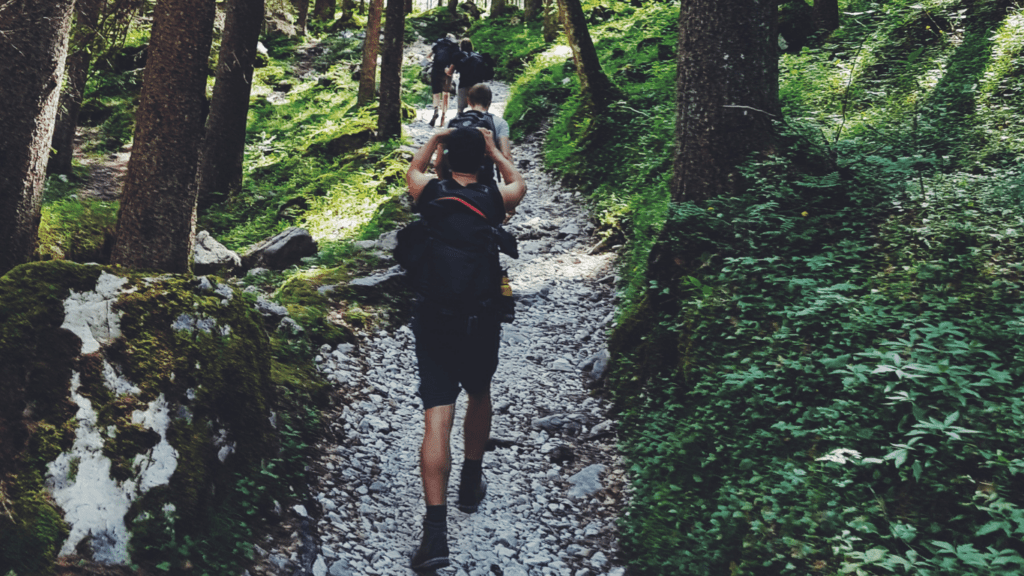Benefits of Solo Hiking
Solo hiking offers a range of benefits that contribute to both physical and mental well-being.
Freedom And Flexibility
Freedom defines solo hiking. You set your own pace, choose your trails and decide when to take breaks. If you want to linger at a scenic spot, there’s no one to rush you. Flexibility allows for a more personal and satisfying hiking experience.
Personal Growth
Personal challenges enhance growth. Hiking alone develops independence, problem-solving skills and self-reliance. Encountering and overcoming obstacles boosts confidence and resilience. Every step taken independently shapes personal strength.
Deep Connection With Nature
Nature immersion is profound in solo hikes. Without distractions, the sounds, sights and smells of the trail intensify. This heightened awareness fosters a deeper connection with the natural world. Observing wildlife, listening to the rustle of leaves and feeling the ground’s texture promote mindfulness.
Mental Clarity
Clarity of mind is a key benefit. The solitude found in solo hiking reduces stress and provides a chance for reflection. The simplicity of the trail offers a respite from daily life complexities. Mental clarity achieved fosters a sense of calm and peace.
Enhanced Focus
Focus is enhanced when hiking alone. Attention to path, surroundings and personal needs increases. Such focus can improve decision-making skills and situational awareness. Maintaining this heightened state of awareness enhances overall hiking safety.
Health Benefits
Physical health benefits are numerous. Hiking improves cardiovascular health, strengthens muscles and boosts stamina. Solo hiking, in particular, ensures a tailored workout pace, optimizing physical exertion levels.
Pre-Hike Preparation
Solo hiking requires meticulous planning to ensure safety. Proper preparation mitigates risks and enhances the hiking experience.
Research Your Trail
Knowing your trail inside and out is crucial. I look into trail difficulty, elevation changes, length, and terrain. Websites like AllTrails and local hiking forums provide valuable insights. Understanding water sources, rest points, and emergency exits helps in emergency situations. Historical data on wildlife activity and past incidents, available from park services, is also beneficial.
Check Weather Conditions
Weather can change rapidly, impacting trail conditions and personal safety. I review weather forecasts from reliable sources like the National Weather Service before setting out. Awareness of potential hazards such as heavy rain, extreme heat, or snow ensures appropriate gear selection. For instance, rain gear or sunscreen must be prioritized depending on the forecast.
Inform Someone About Your Plans
Before heading out, I always inform a trusted person about my itinerary. This includes trail details, expected start and end times, and any checkpoints along the way. In case of an emergency or delay, having someone aware of my plans is crucial. I share my route on apps like WhatsApp and set status updates to notify check-ins.
Pack Essentials
Packing essential items can make or break a solo hike. I always carry a map, compass, and GPS device, ensuring I can navigate without relying solely on technology. A fully charged phone and a portable charger provide a communication backup. I pack a first aid kit, sufficient water, high-energy snacks, and weather-appropriate clothing. Emergency shelters like space blankets can be lifesavers in unexpected situations. A whistle and multi-tool also find space in my backpack for added safety and practicality.
Safety Tips on the Trail
Solo hiking demands heightened attention to safety. Here are essential tips to ensure your trail adventure remains enjoyable and secure.
Stay on Marked Trails
Marked trails offer clear directions and are usually well-maintained. They minimize the risk of getting lost. Sticking to these paths also increases the likelihood of encountering other hikers, which can be crucial in case of an emergency. If you veer off, returning to the marked trail quickly ensures you stay oriented.
Keep Your Phone Charged
A charged phone is vital for navigation, communication, and emergencies. Use airplane mode to conserve battery. Carry a portable charger to extend battery life, especially on longer hikes. Download offline maps beforehand to ensure you have trail information even without cell service.
Trust Your Instincts
Instincts play a critical role in solo hiking. If a path looks unsafe or you’re unsure of a direction, trust your gut. Avoid risky navigation decisions; it’s better to turn back and reassess. Listening to your internal signals can prevent many potential hazards on the trail.
What to Do in Case of Emergencies

Emergencies can arise on the trail, and being prepared is essential for solo hikers. Knowing how to respond can significantly impact the outcome.
First Aid Basics
Having basic first aid knowledge is essential. Treat minor injuries to prevent complications while awaiting help. For cuts and scrapes, clean the wound with antiseptic wipes and apply a bandage to avoid infection. Use a splint to immobilize a twisted ankle, preventing further injury. Carrying a whistle helps signal for assistance, especially in remote areas. Always pack a first aid kit with bandages, antiseptic, adhesive tape, pain relievers, and tweezers. Learn CPR and basic wound management to address more serious conditions.
Contacting Help
- Communication is crucial in emergencies.
- Use your phone to call emergency services, providing your exact location using GPS coordinates.
- If there’s no cell signal, move to higher ground to improve reception.
- Carry a personal locator beacon (PLB) or a satellite messenger; these devices can alert rescuers and provide your location even without cell service.
- Text messages often go through when calls don’t, so try sending a text message if service is limited. Inform rescue teams of your situation, injuries, and any immediate needs.
- Always tell someone your hiking route and expected return time; they can initiate a search if you don’t return.
Knowing these protocols can ensure swift action and potentially save lives on the trail.
Mental and Emotional Preparedness
Preparing mentally and emotionally is essential for a safe and enjoyable solo hike. It’s crucial to address any fears or anxieties and to embrace the solitude that solo hiking offers.
Managing Fear and Anxiety
Understanding fear and anxiety is important for solo hiking. Fear can arise from unfamiliar surroundings or potential dangers on the trail. Accepting these feelings and preparing for them reduces their impact. Bringing a comprehensive first aid kit, a reliable navigation tool, and emergency contacts in case of emergencies enhances my confidence.
Practicing mindfulness also helps in managing anxiety. Deep breathing exercises and focusing on the natural surroundings shift attention away from negative thoughts. Even simple routines like:
- checking the map
- water levels
- trail markers systematically
bring a sense of control.
Embracing Solitude
Solo hiking provides an opportunity to embrace solitude. Solitude promotes self-reflection and personal growth, enhancing my connection with nature. Appreciating the sounds of the forest and the sight of a clear sky leads to a deeper sense of presence.
To fully embrace solitude, I occupy time with photography, journaling, or observing local flora and fauna. This not only makes the hike more engaging but also diverts attention from feelings of loneliness. Embracing the quiet helps me recognize my resilience and strengthens my mental and emotional preparedness on the trails.




